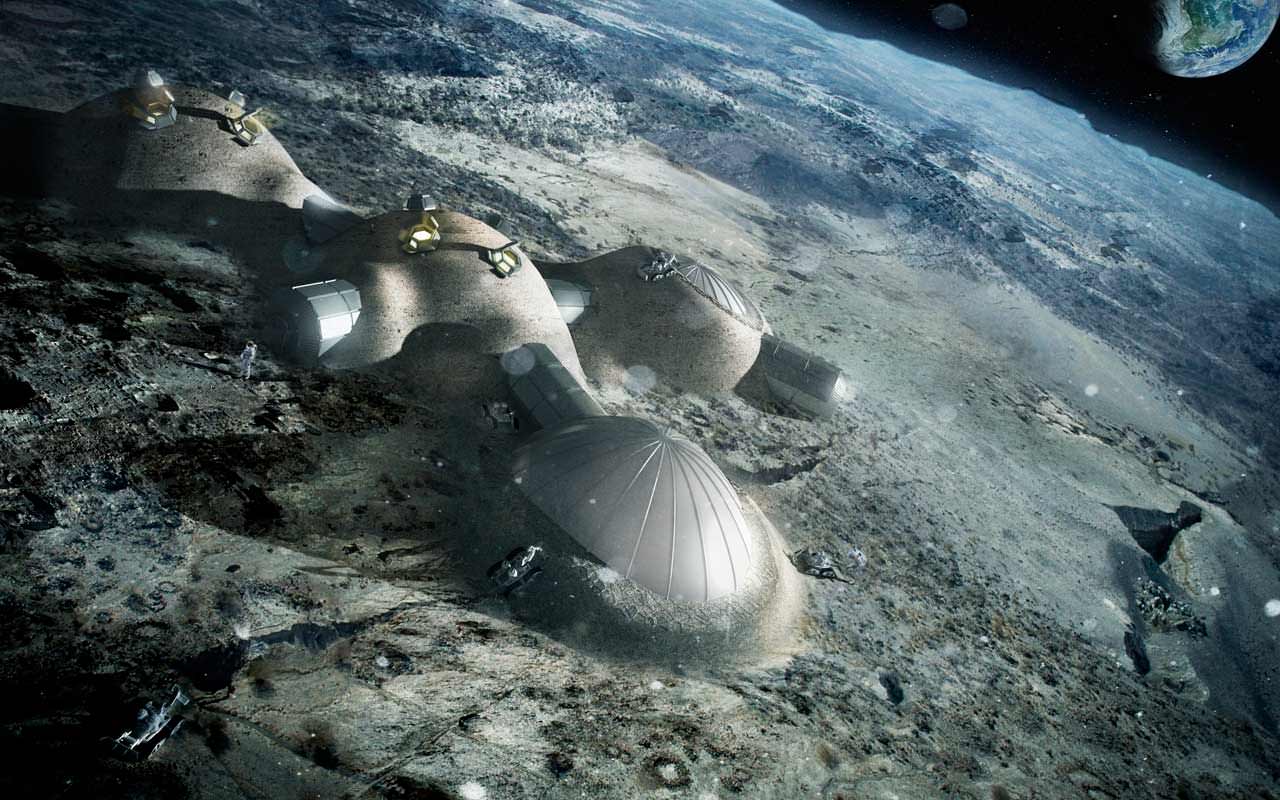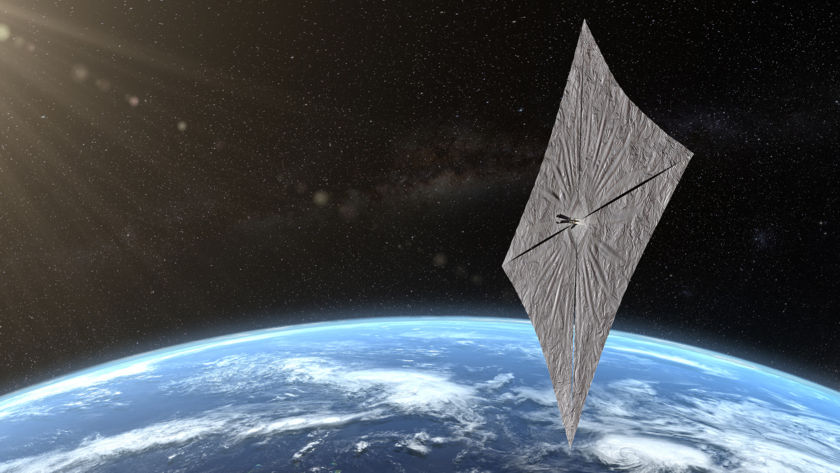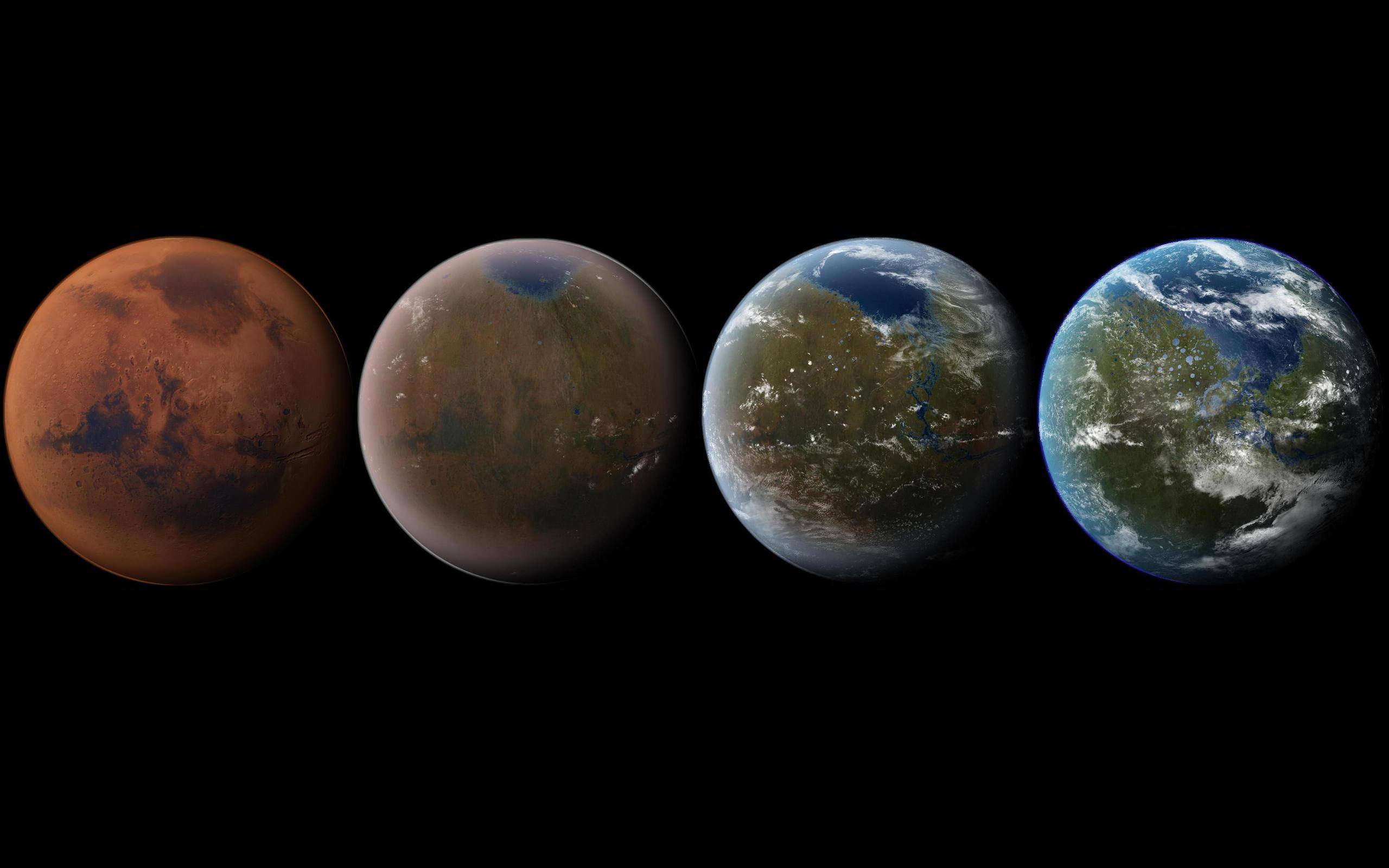How common are Earth-like exoplanets—also called exo-Earths—and which exoplanetary systems should we target to find them? This is what a recently submitted study hopes to address as a team of researchers investigated potential targets for the planned Habitable Worlds Observatory (HWO), which was recommended during the Decadal Survey on Astronomy and Astrophysics 2020 (Astro2020) and is slated to launch in the 2040s. Most notably, HWO will use the direct imaging method to identify exo-Earths, and this study holds the potential to create a more scientifically cost-effective approach for identifying and studying exoplanets.
Continue reading “Earth-like exoplanets might be in short supply for the Habitable Worlds Observatory”Ancient Rocks in Mars’ Jezero Crater Confirm Habitability

According to NASA’s Perseverance rover, ancient rocks in Jezero Crater formed in the presence of water. These sedimentary rocks are more than 3.5 billion years old and may predate the appearance of life on Earth. When and if these samples are returned to Earth, scientists hope to determine if they hold evidence of ancient Martian life.
Continue reading “Ancient Rocks in Mars’ Jezero Crater Confirm Habitability”We Know When a Black Hole Will Have its Next Feast
Black holes are notoriously destructive to stars near them. Astronomers often see flashes representing the death throes of stars collapsing past the event horizon, a black hole they got too close to. However, in rare instances, a star isn’t wholly swallowed by its gigantic neighbor and is pulled into an orbit, causing a much slower death, which would probably be more painful if stars could feel anything. A new study using X-ray results from Chandra and some other instruments details a supermassive black hole at the center of a galaxy far, far away that is slowly devouring a star it has captured in an orbit, and it could teach them more about a variety of interest physical processes.
Continue reading “We Know When a Black Hole Will Have its Next Feast”Galaxies in Dense Environments Get Larger

Galaxies are some of the largest clearly defined structures in space. There are trillions of them, and many are clustered around each other. But how does that clustering affect them? That’s been a question for a while, and older papers have yielded contradictory results. Now, a new paper analyzing millions of galaxies from researchers at the University of Washington, Yale, and several other institutions shows a clear pattern that had been debated before – galaxies surrounded by other galaxies tend to be larger.
Continue reading “Galaxies in Dense Environments Get Larger”Specialized Materials Could Passively Control the Internal Temperature of Space Habitats

Areas of space have wildly different temperatures depending on whether they are directly in sunlight or not. For example, temperatures on the Moon can range from 121 °C during the lunar “day” (which lasts for two weeks), then drop down to -133 °C at night, encompassing a 250 °C swing. Stabilizing the temperature inside a habitat in those environments would require heating and cooling on a scale never before conducted on Earth. But what if there was a way to ease the burden of those temperature swings? Phase change materials (PCMs) might be the answer, according to a new paper from researchers at the Universidad Politecnica de Madrid.
Continue reading “Specialized Materials Could Passively Control the Internal Temperature of Space Habitats”Webb Relieves the Hubble Tension
Sometimes, when scientists measure things differently, they get different results. Whenever that happens with something as crucial to humanity’s long-term future as the universe’s expansion rate, it can draw much attention. Scientists have thought for decades that there has been such a difference, known as the Hubble Tension, in measurements of the speed at which the universe is expanding. However, a new paper by researchers at the University of Chicago and the Carnegie Institution for Science using data from the James Webb Space Telescope (JWST) suggests that there wasn’t any difference at all.
Continue reading “Webb Relieves the Hubble Tension”Project Helianthus – a Solar Sail Driven Geomagnetic Storm Tracker

Solar storms captured the imagination of much of the American public earlier this year when auroras were visible well south of their typical northern areas. As the Sun ramps into another solar cycle, those storms will become more and more common, and the dangers they present to Earth’s infrastructure will continue to increase. Currently, most of our early warning systems only give us a few minutes warning about a potentially destructive impending geomagnetic storm event. So a team of researchers from Sapienza University in Rome and the Italian Space Agency proposed a plan to sail a series of detectors to a point out in space where they could give us an early warning. And they want those detectors to stay on station without rockets.
Continue reading “Project Helianthus – a Solar Sail Driven Geomagnetic Storm Tracker”Ocean Salinity Affects Earth’s Climate. How About on Exoplanets?

There’s a link between Earth’s ocean salinity and its climate. Salinity can have a dramatic effect on the climate of any Earth-like planet orbiting a Sun-like star. But what about exoplanets around M-dwarfs?
Continue reading “Ocean Salinity Affects Earth’s Climate. How About on Exoplanets?”See JUICE Next Week During Its Earth-Moon Flyby
Well-placed observers have a rare opportunity to see an interplanetary spacecraft early next week.
If skies are clear, dedicated observers and imagers have a shot early next week at seeing a spacecraft headed to Jupiter.
The Mission is JUICE, the European Space Agency’s Jupiter Icy Moons Explorer. Launched atop an Ariane-5 rocket from Kourou Space Center in French Guiana on April 14th, 2023, JUICE is due to arrive at Jupiter in 2031. But first, the spacecraft will perform several planetary flybys to pick up speed, hurdling it towards the outer solar system.
Continue reading “See JUICE Next Week During Its Earth-Moon Flyby”New Study Shows Mars Could be Terraformed Using Resources that are Already There

The idea of terraforming Mars, making its atmosphere and environment more Earth-like for human settlement, goes back decades. During that time, many proposed methods have been considered and put aside as “too expensive” or requiring technology well in advance of what we have today. Nevertheless, the idea has persisted and is often considered a part of long-term plans for establishing a human presence on Mars. Given the many plans to establish human outposts on the Moon and then use that infrastructure to send missions to Mars, opportunities for terraforming may be closer than we think.
Unfortunately, any plans for terraforming Mars suffer from unresolved hurdles, not the least of which are the expense, distance, and the need for technologies that don’t currently exist. Triggering a greenhouse effect and warming the surface of Mars would take massive amounts of greenhouse gases, which would be very difficult and expensive to transport. However, a team of engineers and geophysicists led by the University of Chicago proposed a new method for terraforming Mars with nanoparticles. This method would take advantage of resources already present on the Martian surface and, according to their feasibility study, would be enough to start the terraforming process.
Continue reading “New Study Shows Mars Could be Terraformed Using Resources that are Already There”



